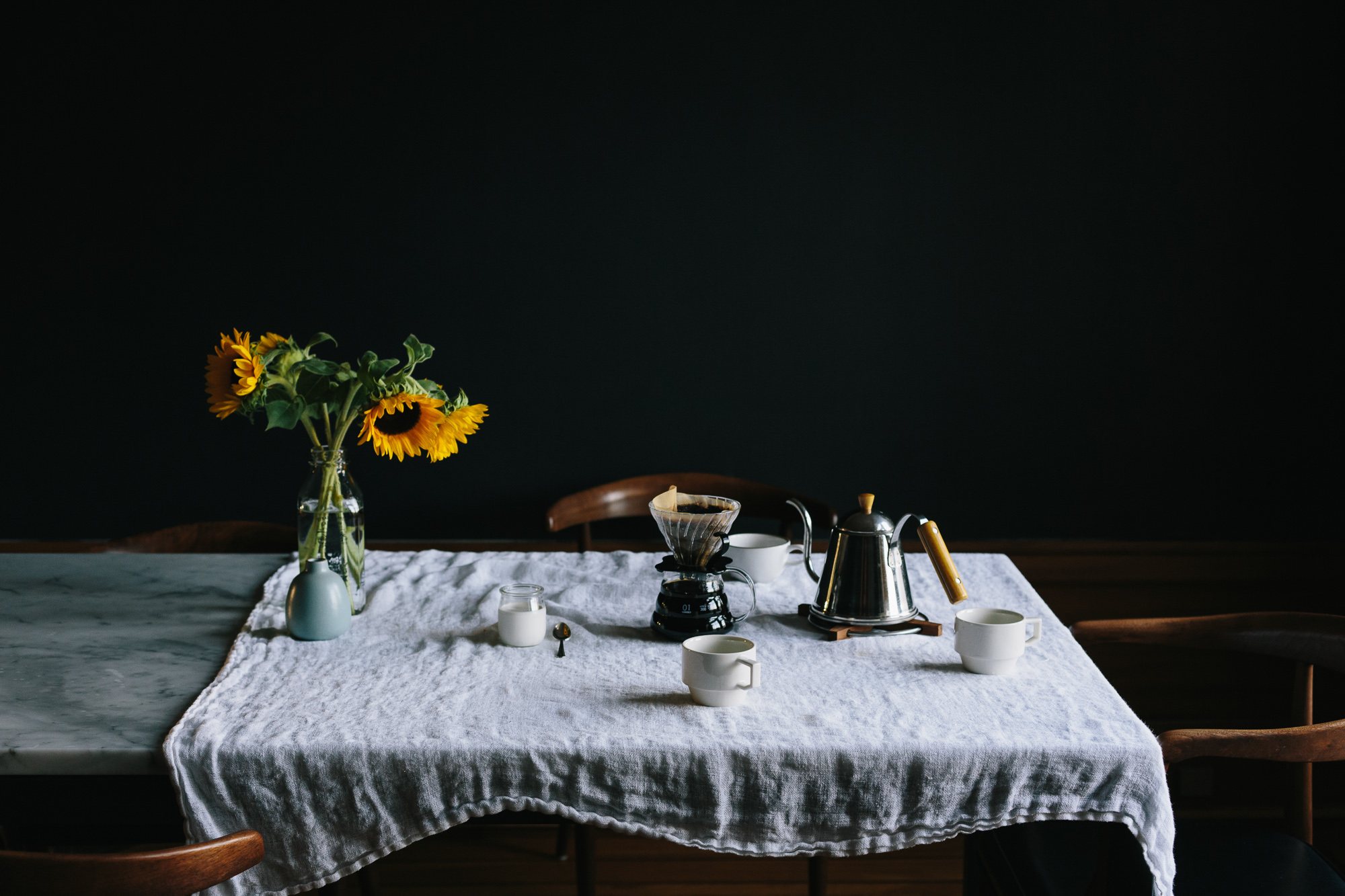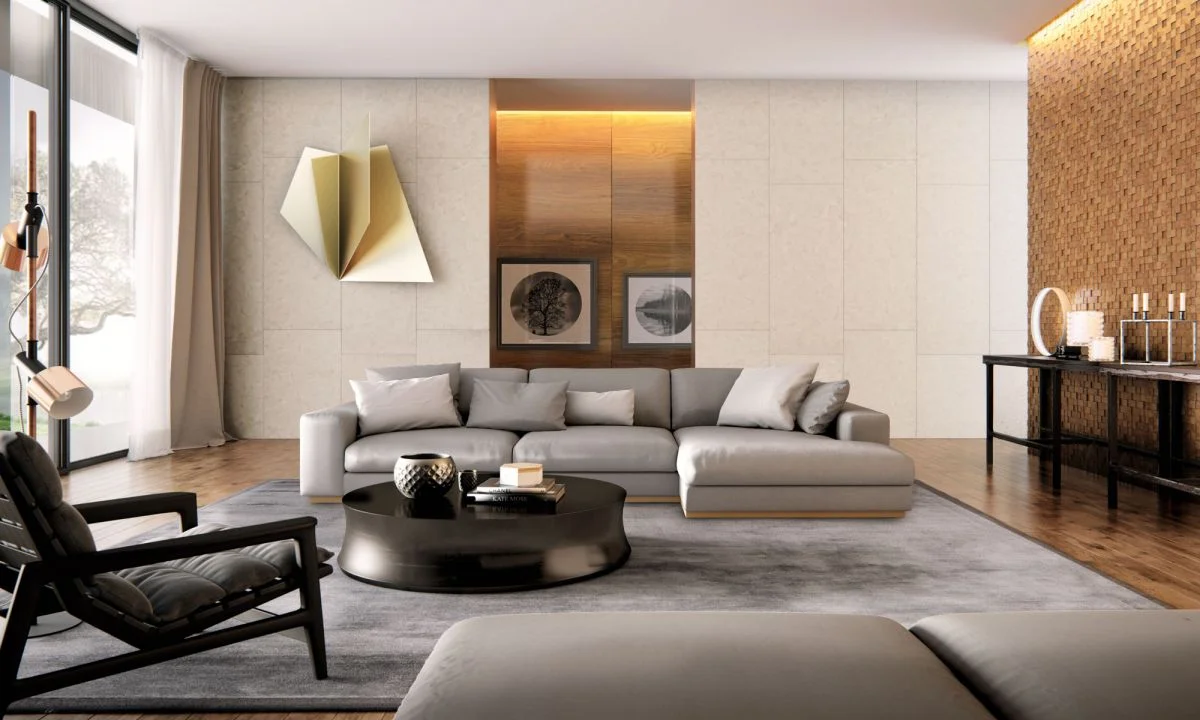While Mid-century modern originally targeted the years 1945-1965, since Greenberg’s book was published some 30 years ago, the design period has often stretched to include the late 1960s and early-to-mid-1970s. Since the book’s publishing, Mid-century has seen streaks of popularity, yet has had a dedicated and consistent following, like the ModCom group of the Los Angeles Conservancy. With extreme accuracy and detail, mid-century's design has been reintroduced to devoted fans of the AMC cable series, Mad Men.
After World War II, residential architecture was designed to be simple and built quickly: usually, one-story tract homes that emphasized horizontal lines, many windows, easy and open flow from room to room, plus a smooth transition from indoors to outdoors. Furniture design reflected the clean, unfettered look of houses with curves, polymorphic and geometric shapes replacing any busy or highly ornamental details.
To go along with these new "casual living," home furnishings and lifestyle products, gadgets, and appliances included items like barbecue sets, toasters, broilers, mix masters, and bicycles for every family member.
Mid-Century modern collectibles range from furniture and architectural fixtures to accessories like lamps, clocks, artwork, and glassware. Prominent designers of Mid-Century modern furniture include:
Harry Bertoia
Charles and Ray Eames
Arne Jacobsen
George Nelson
Isamu Noguchi
Vernor Panton
Eero Saarinen
Hans Wegner






